- Joined
- 1 April 2006
- Messages
- 10,779
- Reaction score
- 6,947
From late Curtis Peebles collection at SDASM Flickr collection
Attachments
-
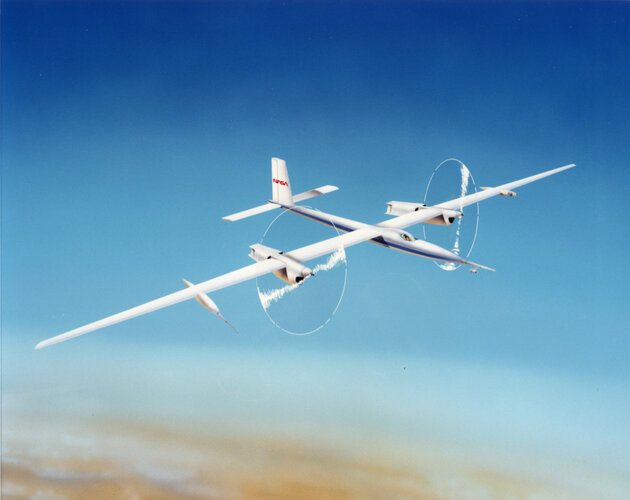 46474770541_055cfe2540_o.jpg112.3 KB · Views: 145
46474770541_055cfe2540_o.jpg112.3 KB · Views: 145 -
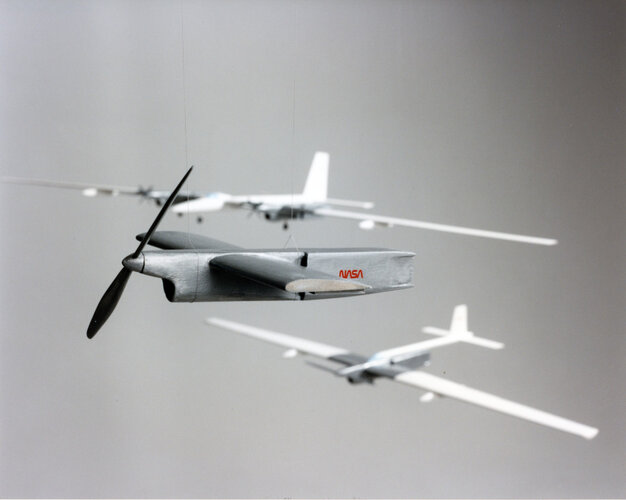 32602292718_52542d73b1_o.jpg98.4 KB · Views: 141
32602292718_52542d73b1_o.jpg98.4 KB · Views: 141 -
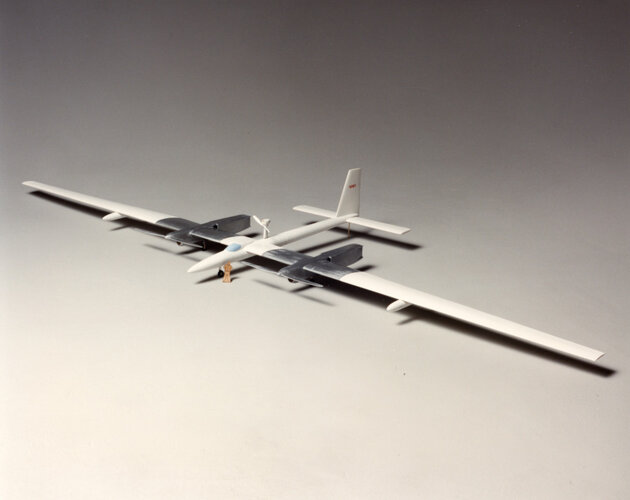 46423909972_f2205226d5_o.jpg90.8 KB · Views: 123
46423909972_f2205226d5_o.jpg90.8 KB · Views: 123 -
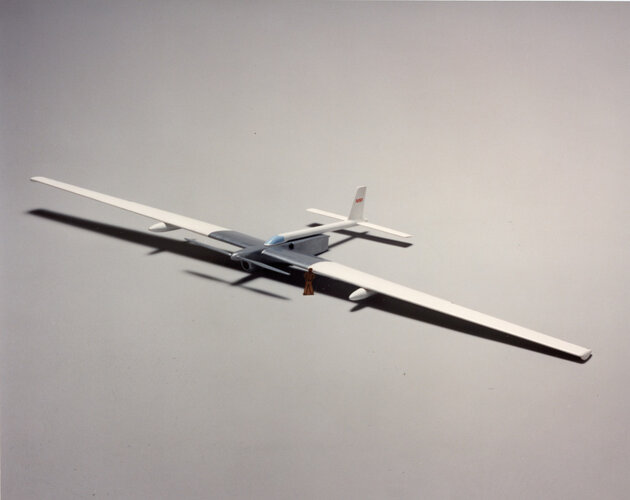 46474775521_f68ffd716b_o.jpg88.7 KB · Views: 120
46474775521_f68ffd716b_o.jpg88.7 KB · Views: 120 -
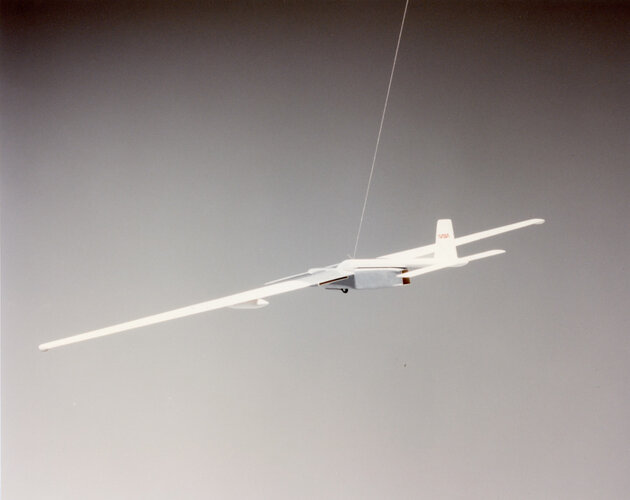 32602297458_c916dd74dd_o.jpg91.8 KB · Views: 116
32602297458_c916dd74dd_o.jpg91.8 KB · Views: 116 -
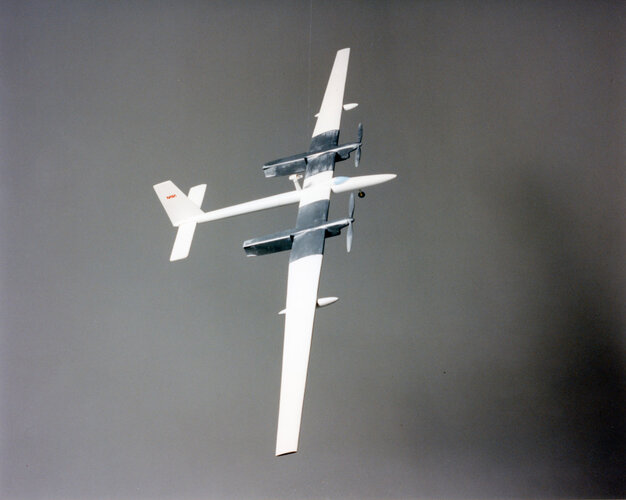 45561750975_1bc2a18f6d_o.jpg134.2 KB · Views: 139
45561750975_1bc2a18f6d_o.jpg134.2 KB · Views: 139
